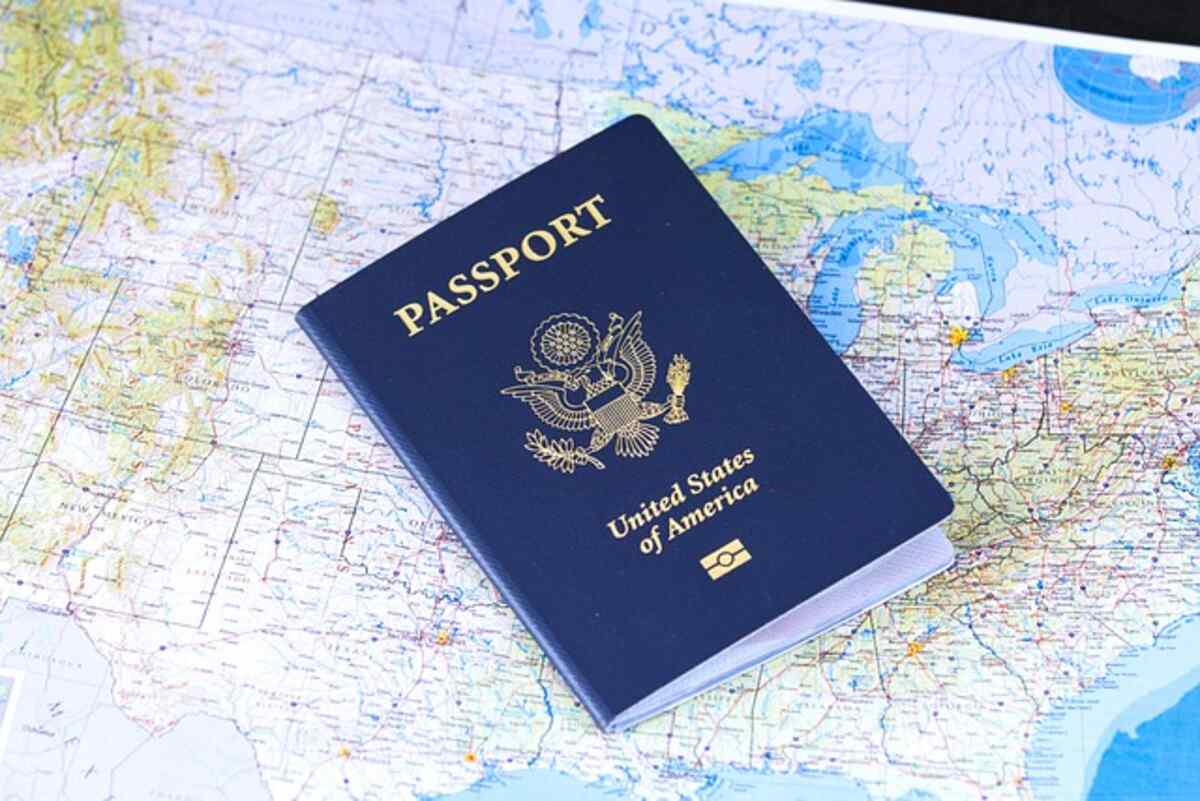Navigating the IR-1 and CR-1 Visa Journey: A Guide for Spouses of U.S. CitizensWhat is an IR-1 visa?
An IR-1 visa is an immigrant visa issued by the United States to reunite U.S. citizens with their foreign-national spouses. The “IR” in IR-1 stands for “Immediate Relative,” and the “1” indicates that it is the first preference category for immediate relatives of U.S. citizens.
Key points about the IR-1 visa include:
- Spousal Relationship: The IR-1 visa is specifically for the spouses of U.S. citizens. It is intended to facilitate the immigration of foreign spouses so they can live with their U.S. citizen partners in the United States.
- Immigrant Visa: The IR-1 visa is an immigrant visa, which means that when the spouse enters the United States on this visa, they are considered a lawful permanent resident (LPR) from the moment of entry. This grants them the right to live and work in the United States permanently.
- Petition Process: To obtain an IR-1 visa, the U.S. citizen spouse must file a visa petition on behalf of their foreign spouse with the U.S. Citizenship and Immigration Services (USCIS). Once the petition is approved, the case is forwarded to the National Visa Center (NVC), which will guide the couple through the remaining visa application process.
- Consular Processing: The spouse of a U.S. citizen applying for an IR-1 visa will typically go through consular processing at a U.S. embassy or consulate in their home country. This process involves completing various forms, undergoing a medical examination, and attending an interview at the U.S. embassy or consulate.
- Conditional Permanent Residence: Initially, the foreign spouse is granted conditional permanent residence upon entering the U.S. This conditional status is typically valid for two years. After two years, the couple must jointly apply to remove the conditions on the foreign spouse’s residency to obtain a permanent green card.
What is a CR-1 visa?
A CR-1 visa, like an IR-1 visa, is an immigrant visa issued by the United States to reunite U.S. citizens with their foreign-national spouses. The “CR” in CR-1 stands for “Conditional Resident,” another category for immediate relatives of U.S. citizens married to foreign nationals. CR-1 visas are very similar to IR-1 tickets but have some distinctions:
- Conditional Permanent Residence: The primary difference between a CR-1 visa and an IR-1 visa is that, with a CR-1 visa, the foreign spouse is granted conditional permanent residence upon entering the United States. This means they are issued a green card that is valid for two years. The purpose of this condition is to ensure that the marriage is genuine and not entered into for immigration purposes.
- Removing Conditions: To remove the conditional status and obtain a permanent green card, the couple must jointly apply to the U.S. Citizenship and Immigration Services (USCIS) within 90 days before the expiration of the two-year green card. They must demonstrate that they continue to live together as a married couple and that their marriage is genuine. If approved, the foreign spouse will receive a 10-year permanent green card.
- Immigrant Visa Process: The process for obtaining a CR-1 visa is similar to that of an IR-1 visa. It starts with the U.S. citizen spouse filing a visa petition on behalf of their foreign spouse with the USCIS. After approval, the case is forwarded to the National Visa Center (NVC), and the foreign spouse will attend an interview at a U.S. embassy or consulate in their home country.
How to apply for an IR-1/CR-1 visa?
To apply for an IR-1 or CR-1 visa, which are immigrant visas for the spouses of U.S. citizens, you need to follow a multi-step process. Here’s an overview of the general steps involved:
- Determine Eligibility:
- The sponsoring spouse must be a U.S. citizen.
- The marriage must be legally recognized and genuine.
- Both spouses must be legally eligible to marry under the laws of the relevant jurisdiction.
- File an Immigrant Visa Petition (Form I-130):
- The sponsoring U.S. citizen spouse needs to initiate the process by filing Form I-130, Petition for Alien Relative, with U.S. Citizenship and Immigration Services (USCIS). This form establishes the qualifying relationship between the U.S. citizen and the foreign spouse.
- USCIS Processing:
- USCIS will review the I-130 petition and, if approved, will send a Notice of Approval (Form I-797) to the sponsoring spouse.
- National Visa Center (NVC) Processing:
- Once the I-130 petition is approved, it is forwarded to the NVC, which will provide instructions and forms for the visa application process.
- Pay the necessary fees and submit the required forms and documents to the NVC. This includes the Affidavit of Support (Form I-864) from the U.S. sponsor and a visa application form (DS-260) for the foreign spouse.
- Attend a Medical Examination:
- The foreign spouse will typically need to undergo a medical examination by an approved panel physician in their home country. The results will be sealed and submitted as part of the visa application.
- Attend an Interview:
- The foreign spouse will be scheduled for an interview at the U.S. embassy or consulate in their home country. During the consultation, the consular officer will assess the validity of the marriage and determine the eligibility for an IR-1 or CR-1 visa.
- Visa Approval:
- If the visa is approved, the foreign spouse will receive the key in their passport, allowing them to travel to the United States.
- Travel to the United States:
- Upon arrival in the United States, the foreign spouse will be inspected by U.S. Customs and Border Protection (CBP) officers, and if admitted, they will be recognized as a lawful permanent resident.
For CR-1 visas, the foreign spouse will receive a conditional green card upon entry, valid for two years. To remove the conditions on the green card and obtain a 10-year permanent green card, the couple must apply jointly to the USCIS within 90 days before the conditional card expires.




